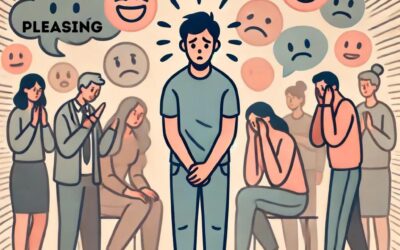 A recent study in the Journal of Consumer Research dealt with how consumers become better at self-regulating purchases the more they’ve been exposed to similar options before. It was proposed as a way of enabling people to resist the temptation of over-spending or over-eating.
A recent study in the Journal of Consumer Research dealt with how consumers become better at self-regulating purchases the more they’ve been exposed to similar options before. It was proposed as a way of enabling people to resist the temptation of over-spending or over-eating.
What the study indicated was the more people are exposed to a product or to a series of choices around the same category the more they are able to resist the temptation to eat/purchase – or perhaps more accurately stated the better they are able to make a decision sensibly and conciously.
The corollary however also exists – the less people have been exposed to the same products/decisions the less able they are to resist the impulse. This has some intersting implications on the layout of shopping centres and indeed even shopping precincts. Popular practice has been to give shoppers more choice and to cluster similar usages together in shopping precincts or stores. However this study suggests this is not always a sensible choice for the retailer.
In airports, the common practice is to scatter the same stores or at least similar products at different points in the terminal – giving passengers multiple opportunities to purchase. Frequently near the departure gates there are “last minute” repeats of highlighted products from the main stores – particularly duty free. Its also common practice in airports these days (like shopping centres) to have a number of different retailers selling the same products on the assumption that passengers will believe there’s greater competitive pressure and hence better prices. However, consider that if a shopper has already been exposed to a particular product 2 or 3 times already by the time they’ve reached your shop, all that will likely happen is their resistence to impulse purchases is less. Given this, maybe it would make more sense to feature unique product later in the shopping process?
Siegfried Dewitte, Sabrina Bruyneel, and Kelly Geyskens. “Self-regulating Enhances Self-regulation in Subsequent Consumer Decisions Involving Similar Response Conflicts.” Journal of Consumer Research: October 2009.



